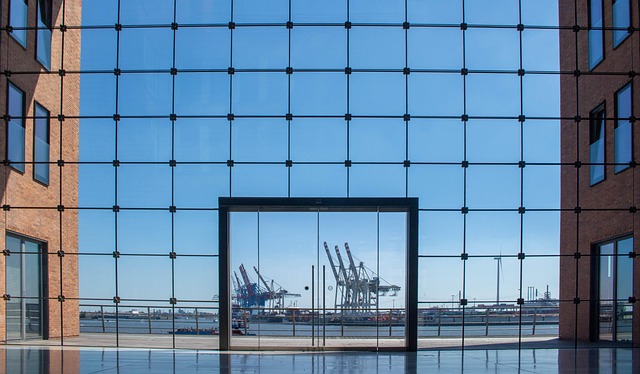Warehouses are crucial real estate hubs for e-commerce's success, managing high inventory and expediting deliveries. Businesses must optimize these spaces through vertical integration, dynamic zoning, and smart storage to meet customer expectations. The future involves connected warehouses leveraging technology like AI and automation for faster, data-driven operations, revolutionizing last-mile delivery with real estate-strategized micro-fulfillment centers.
As e-commerce continues its relentless growth, understanding the pivotal role of warehouses in logistics is more crucial than ever. This article delves into the dynamic relationship between warehouses and the booming digital retail sector, exploring strategies for optimizing valuable real estate. From traditional storage to future-forward smart warehouses, we navigate the trends shaping this industry. Discover how innovative solutions are enhancing efficiency, reducing costs, and driving e-commerce success in today’s competitive market.
The Role of Warehouses in E-commerce Logistics

Warehouses play a pivotal role in the intricate logistics network that fuels the rapid growth of e-commerce. As online retail continues to dominate consumer behavior, efficient and strategic warehousing has become essential for businesses aiming to meet the demands of modern customers. These facilities serve as central hubs, streamlining the process from inventory storage to order fulfillment.
The strategic location and vast space offered by warehouses are particularly advantageous in the context of e-commerce. Real estate assets dedicated to warehousing provide the necessary infrastructure to handle high volumes of stock, facilitate quick order picking, and enable efficient distribution networks. With the ability to accommodate rapid expansion and changing consumer trends, these facilities ensure that businesses can meet the ever-growing expectations of online shoppers, ensuring timely deliveries and an enhanced customer experience.
Strategies for Optimizing Warehouse Real Estate

To optimize warehouse real estate in the face of booming e-commerce, businesses must adopt strategic practices. One key approach is vertical integration, maximizing space by utilizing elevated storage solutions and optimizing stacking patterns. This allows for compact yet efficient organization of inventory, crucial for managing high product turnover rates associated with online retail.
Additionally, implementing dynamic zoning techniques within the warehouse can significantly enhance operational productivity. This involves segmenting the facility based on product types, order fulfillment processes, or even traffic flows, enabling tailored layout designs. Such strategic real estate optimization ensures that each area serves its intended purpose most effectively, ultimately streamlining order processing and improving overall e-commerce logistics.
Future Trends: Smart Warehouses and E-commerce Growth

The future of e-commerce is set to be shaped by intelligent and connected warehouses, driven by advancements in technology and the continuous growth of online retail. As e-commerce expansion shows no signs of slowing down, real estate plays a pivotal role in accommodating the increasing demand for efficient storage and distribution centers. Smart warehouses are emerging as game-changers, leveraging automation, artificial intelligence, and data analytics to optimize operations.
These innovative facilities incorporate automated material handling systems, intelligent inventory management, and advanced tracking technologies, ensuring faster order processing and enhanced customer experiences. With the rise of last-mile delivery services, real estate developers and businesses are strategizing to establish micro-fulfillment centers closer to urban areas, reducing delivery times and meeting the expectations of online shoppers. This evolution in warehousing is set to redefine the landscape of e-commerce logistics, fostering a seamless and efficient supply chain.






